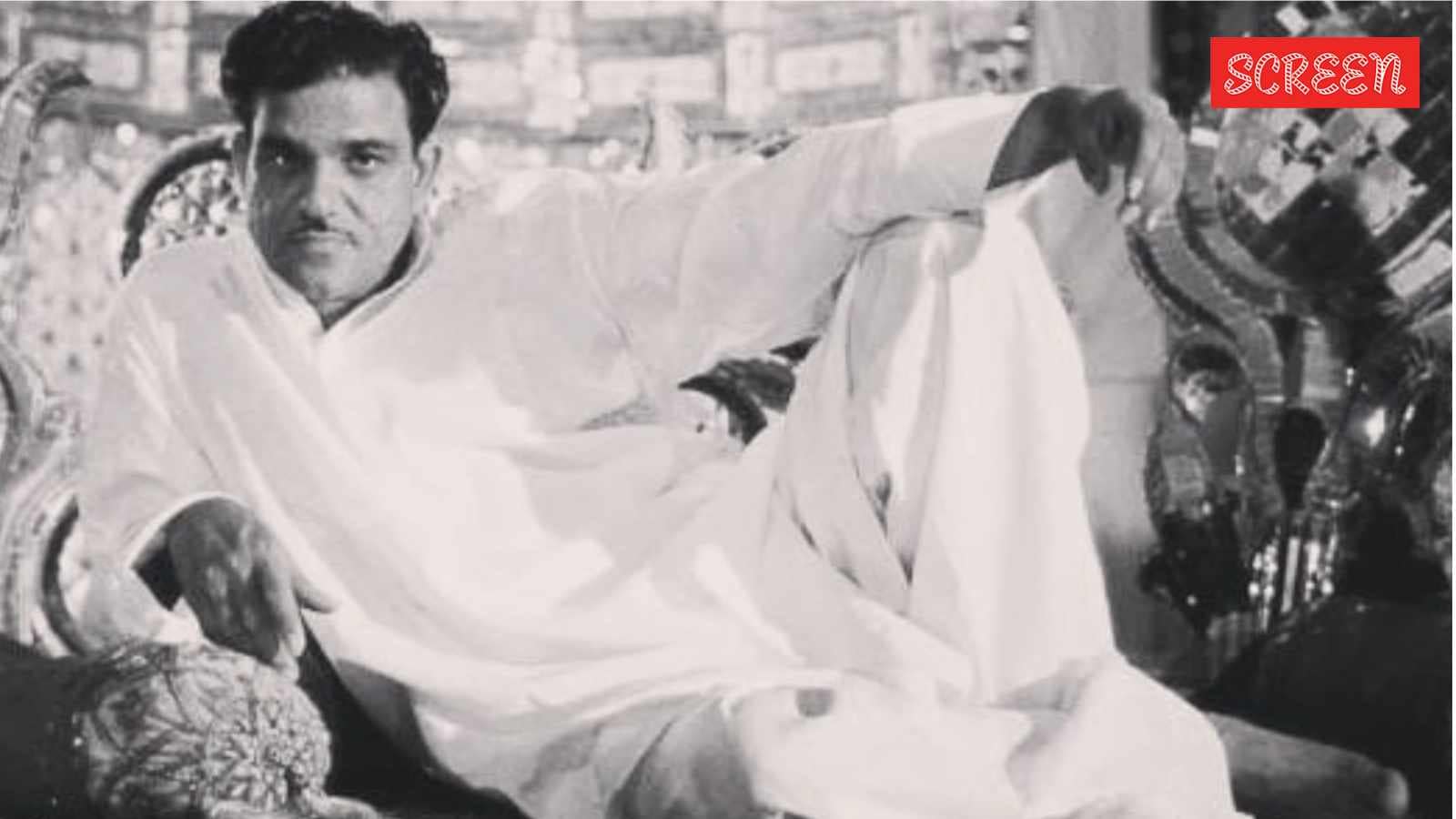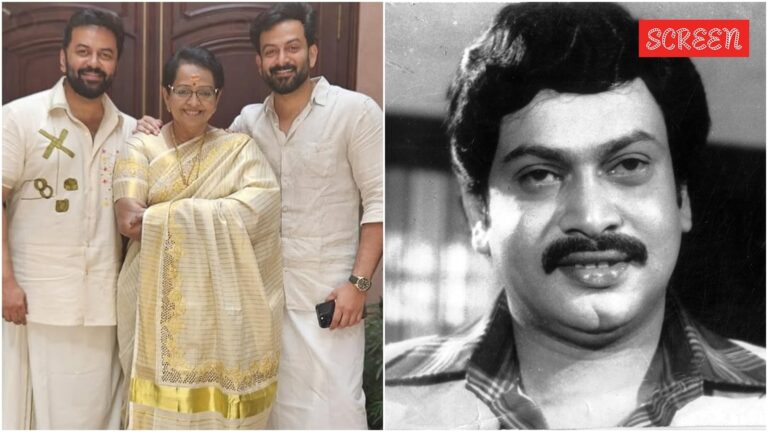Prithviraj Kapoor, Madhubala and Dilip Kumar-starrer Mughal-e-Azam is remembered as a monumental film in the history of Hindi cinema — one that became a textbook in filmmaking for generations to come. The grandeur achieved in this magnum opus is still something that filmmakers continue to aspire to. But Mughal-e-Azam came into being solely because of the passion, patience, obsession, and a whole lot of madness of one man — filmmaker K Asif.
To understand the magnitude of effort that went into Mughal-e-Azam, one must first know the backstory of K Asif and how he found his way into the Hindi film industry. Born in Etawah, Uttar Pradesh, Asif was brought to Mumbai at the age of 17 by his uncle, who opened a tailoring shop for him to earn a living. But Asif had ambitions far greater than being a tailor. His uncle noticed how Asif was more interested in charming female customers than focusing on the work at hand. Sensing his flair for drama and passion, he encouraged Asif to try his hand at filmmaking.
In his early 20s, Asif directed Phool, which starred Prithviraj Kapoor in the lead role. The film became the fourth highest-grossing film of the year 1945.

When Asif began filming Mughal-e-Azam
Mughal-e-Azam wasn’t just another directorial venture for Asif — it was his ultimate passion project. The film would go on to consume his money, energy, peace of mind, and most significantly, 15 years of his life. He began shooting the film in the 1940s.
In a conversation with The Print, filmmaker Karan Bali spoke about the massive scale of Asif’s vision. He said, “His films weren’t just made; they were sculpted.” Bali explained that Asif would go to any length, regardless of cost, to achieve authenticity in his film. “Whether it was importing glass from Belgium for Sheesh Mahal, commissioning special footwear from Agra, or having Dilip Kumar’s wig made in England — no expense was spared,” he shared.

Mughal-e-Azam’s original financier shifted to Pakistan after Partition
The journey of Mughal-e-Azam was riddled with obstacles. At times, Asif would halt shoots to obtain the perfect materials for the set; other times, his financiers would run into trouble. The film’s original financier, Shiraz Ali Hakim, backed the project before Partition in 1947. However, following Partition, Shiraz moved to Pakistan, leaving the film incomplete. Asif was then left scrambling for another financier, eventually finding support in Shapoorji Pallonji, who financed the completion of the movie.
Halted shoots for months to procure real pearls for a shot
“This one man’s virtue was that he dreamt a beautiful dream, and he brought that very dream to life in the real world exactly as he had envisioned it,” said Rajkumar Keswani, author of the book Dastan-e-Mughal-e-Azam, in an earlier interview.
Story continues below this ad
There are countless examples of how Asif’s commitment to authenticity led to months-long production halts. In one instance, after the character of Salim returns from war, Asif wanted to use real pearls for the scene. The shoot was halted for months until he could source the pearls.
Made government remove electric poles to preserve historical accuracy
Not just his own cast and crew, Asif even made the government bend to his will during one such shoot. While filming a grand battle sequence in Jaipur, he noticed electric poles in the background — an obvious anachronism in a film set during Akbar’s era. Rather than adjusting the camera angle, he paused production and left the city. He spent the next three months persuading local authorities to remove the poles before returning to the same location to resume filming.

Halted shoot for three days to fill pond with ‘ittar’ for Madhubala
In an earlier interaction with Film Companion, filmmaker Karan Johar revealed that his father, Yash Johar, was present on the sets of Mughal-e-Azam and witnessed Asif’s uncompromising standards firsthand. He shared an anecdote where Asif halted the film’s shoot because he wanted a pond to be filled with real ittar (perfume) for a scene involving Madhubala. While most filmmakers would have settled for water, Asif insisted on authenticity. Karan recalled, “My father told me about a moment how K. Asif announced pack-up because they didn’t have real ‘ittar’ and he wanted real ‘ittar’ in the pond so that Madhubala could give up that close-up as a result of that whiff that she would get. She had to give that whiff to give that beauteous expression.”
Drained vast fortunes
Asif’s towering expectations and unrelenting insistence on authenticity led to an extended production timeline that required multiple financiers. It even drained much of his own wealth. The film, which began in 1946, finally released in theatres in 1960 — nearly 15 years later. The final budget remains debated but it is estimated that its budget reached to Rs. 1.5 crore, an unprecedented amount at that time, making Mughal-e-Azam the most expensive Indian film of its time.
Story continues below this ad

Asif’s death
After Mughal-e-Azam, Asif began work on another magnum opus titled Love and War, this time with Guru Dutt in the lead. Like Mughal-e-Azam, this film, too, faced numerous setbacks. After Guru Dutt’s untimely death in 1964, Asif recast Sanjeev Kumar in the lead role and resumed production. But in 1971, before the film could be completed, K. Asif passed away at the age of 48. The film was eventually shelved until filmmaker KC Bokadia revived the project with Rajesh Khanna in the lead. It was finally released in 1986, but failed to make an impact at the box office.
























